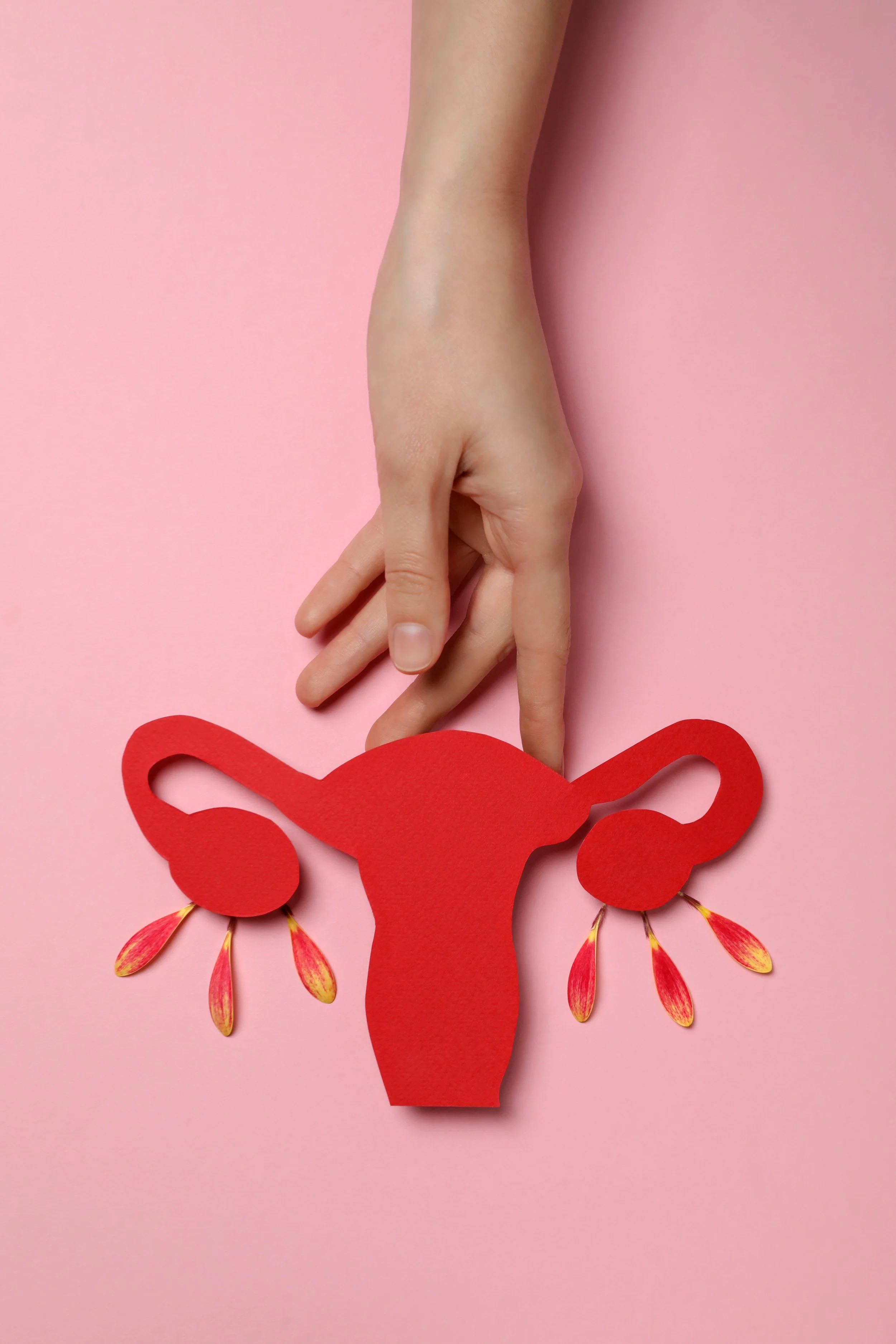Your Ovaries Have a Nervous System (And Other Mind-Blowing Discoveries About How We Age)
A groundbreaking study just published in Science is completely rewriting what we know about ovarian aging and it's way more complex (and fixable) than we thought.
"We've long thought of ovarian aging as simply a problem of egg quality and quantity," says Dr. Diana Laird, lead researcher at UCSF. "What we've shown is that the environment around the eggs - the supporting cells, nerves, and connective tissue - is also changing with age."
Researchers at UCSF and the Chan Zuckerberg Biohub used cutting-edge 3D imaging to map entire ovaries at the cellular level, revealing something nobody expected: your ovaries are wired with nerves, and they play a crucial role in fertility.
What Makes This Research Revolutionary?
It's Not Just About the Eggs - The Neighborhood Matters Too
Eggs aren't evenly distributed—they cluster in specific "pockets" with supporting cells, blood vessels, and nerves. As we age, it's not just about losing eggs. The entire microenvironment, the cellular community around those eggs, breaks down with inflammation, scarring, and nerve remodeling happening simultaneously.
"This was a surprise," Laird explains. "These pockets suggest that even within one ovary, the environment around an egg may influence how long it lasts and how well it matures."
Nerves Are Actually Regulating Your Fertility
When researchers removed sympathetic nerves in mice, fewer eggs matured. This suggests the nervous system is actively deciding which eggs "wake up" and which stay dormant. Wild, right?
Why This Changes Everything
The research reveals that ovarian aging is "not just about the egg cells but about their whole ecosystem." The supporting cast of fibroblasts, blood vessels, and nerves deteriorates, creating a hostile environment even for healthy eggs.
"The fountain of youth may actually be the ovary," says Dr. Eliza Gaylord, co-first author. "Delaying ovarian aging could promote healthier aging overall."
What This Means For You
Q: Why should I care about this if I'm trying to conceive now? A: Because it shows that eggs don't exist in isolation and the health of the ovarian environment affects how long eggs last and how well they mature. In other words, fertility isn't just about egg count, egg quality, or age but also about nurturing the whole ecosystem that supports those eggs.
Q: Wait, my ovaries have nerves? Why does that matter? A: Yes! The study found that sympathetic nerves run through your ovaries and help regulate which eggs mature. This was completely unknown before. It means your nervous system is literally talking to your reproductive system.
Q: Does this only affect fertility, or my overall health too? A: Both. Since women experience increased risk for heart disease, osteoporosis, and other conditions after menopause, keeping ovaries healthier longer could protect against age-related diseases beyond just fertility.
Q: So is it my eggs that are the problem, or the "neighborhood" around them? A: It's both working together. Even healthy eggs struggle in a deteriorating environment when the ovary is inflamed or poorly supported, which can affect how well those eggs mature and are released. Conversely, you can have a healthy ovarian environment but eggs that are damaged due to age, cellular issues, or other factors.
Q: What can I actually do with this information right now? A: It means that focusing only on egg count or egg quality misses a big part of the picture. Supporting your whole ovarian environment through nutrition, lifestyle, and integrative fertility care can help optimize fertility and overall ovarian health. Our programs address the whole system, not just eggs, and are aligned with the latest science. By supporting your body, you give your ovaries and your eggs the best chance to function well.
References:
Gaylord EA, Foecke MH, Samuel RM, Soygur B, Detweiler AM, McIntyre TI, Dorman LC, Borja M, Laird AE, Arjyal R, Du J, Gardner JM, Neff N, Fattahi F, Laird DJ. Comparative analysis of human and mouse ovaries across age. Science. 2025 Oct 9. DOI: 10.1126/science.adx0659

